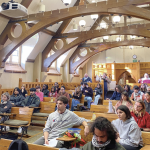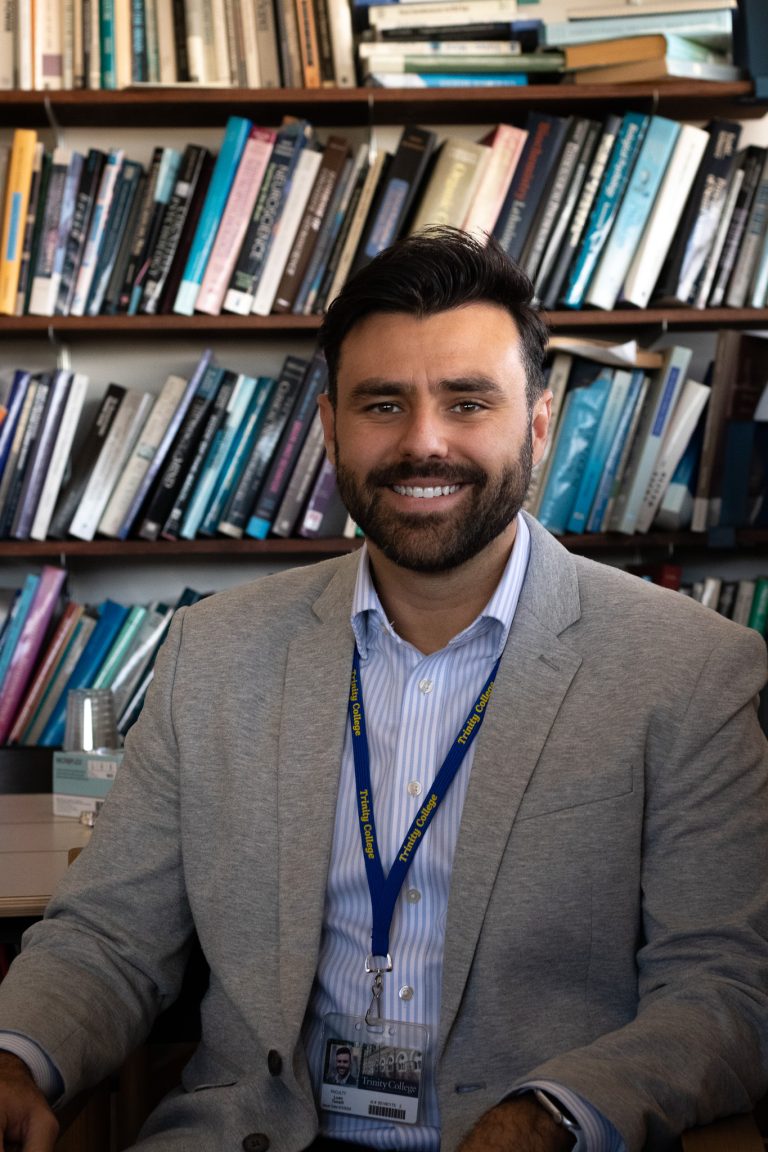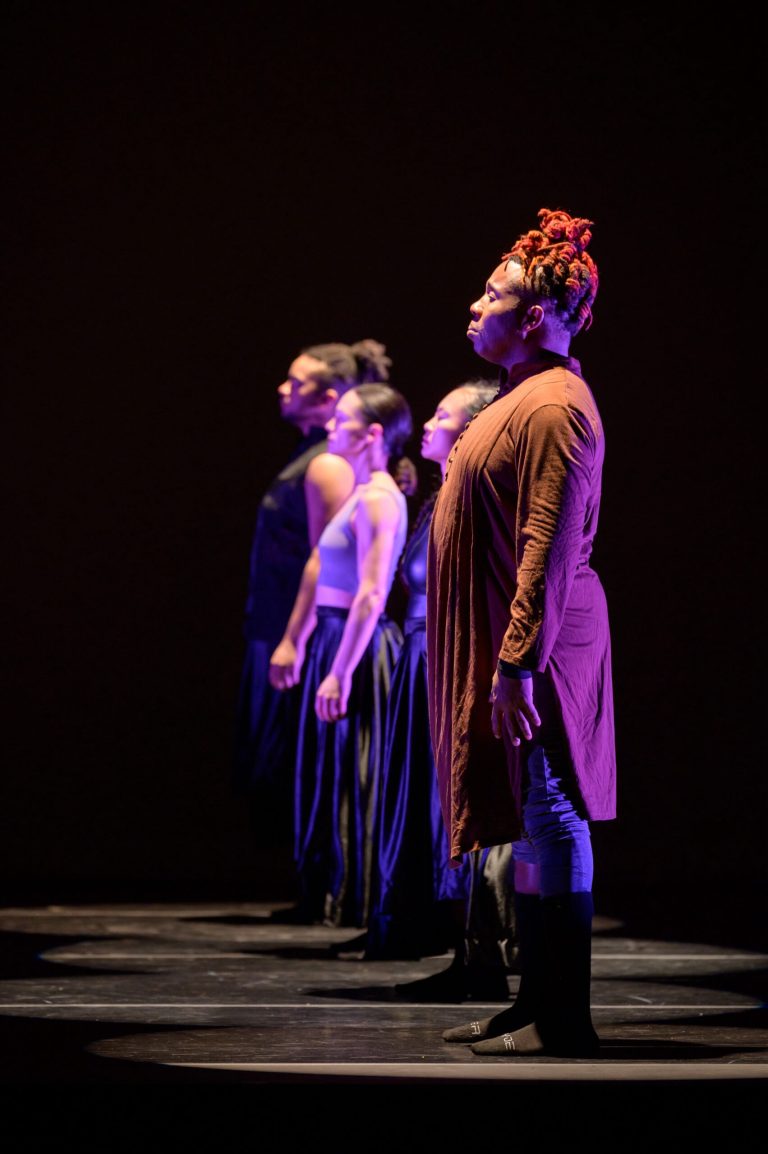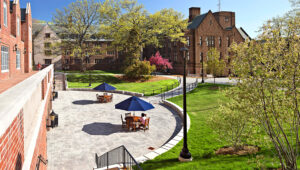Brendan W. Clark ’21
Editor-in-Chief
Kip Lynch ’22
News Editor
Trinity College has continued to raise funds for the Bicentennial Comprehensive Campaign during the COVID-19 pandemic despite little to no advertising by the College while the Campaign has remained in the “quiet” or “nucleus” phase. Since Nov. 2019, the College has raised an additional $64 million bringing the total to $182 million as of Sept. 24 out a goal of $435 million. This comes as the College continues to experience low rates of alumni giving, hovering around the mid-30s after reaching a peak of 55% in 2010. In order to understand these changes and the history that inform the present campaign at Trinity, the Tripod spoke with several individuals involved in previous campaigns, including former Trinity President Evan Dobelle and former Director of Alumni Relations Jerry Hansen ’51.
Regarding the current campaign, the Tripod spoke to Assistant Vice President for Advancement Christina Posniak on the current status of the Bicentennial Campaign. Posniak initially indicated that the College had “no update at this time,” but later clarified that the College is “continuing to focus primarily on current support and, in particular, how we can provide direct support for students and families through the Trinity College Fund, current financial aid and the Student Emergency and Equity Fund just as we did this past year.”
The Tripod also spoke to Chief of Staff and Assistant Vice President for External Affairs Jason Rojas, who stated that “Our priorities have not changed but we have adjusted our emphasis and our approach. We continue to focus on securing support for the Trinity College Fund, and financial aid, for example, as well as the Student Emergency and Equity Fund, all of which provide direct support right now for our students and families. As we previously noted, the timing of some of our larger capital initiatives have been adjusted and we will reevaluate their status as appropriate.”
As the Tripod previously reported in Nov. 2019, the campaign intends to raise $435 million, with $360 million in current gifts and $75 million in bequest intentions. The most recent fundraising campaign at Trinity was the “Cornerstone Campaign,” which took place from 2006 to 2012 and raised $281.1 million out of a $300 million goal. A concurrent “Legacy Campaign” surpassed its goal of $75 million, raising $87.9 million. The current “campaign follows what is ‘an industry standard,’” a quiet phase until you have “roughly 65% to 75% (between $282.75 to $326.25 million) in hand and then enter the public campaign,” Posniak added, noting that keeping the public period of the campaign brief was important, as ‘if the campaign progresses publicly for too many years, you will lose momentum and energy.”
The Tripod spoke with several former administrators and alumni to understand how Trinity College’s previous fundraising campaigns and alumni relations initiatives have occurred and what lessons can be applied to the current campaign.
Hansen advocated for a strong alumni association and fundraising through “area clubs centered around major cities,” citing this as among the most significant aspects of previous campaign successes and as an excellent way to encourage continued alumni engagement with special guests, such as members of the faculty. Hansen indicated that these “networks” were “key to the College’s financial achievements” in previous campaigns. Citing his three major campaigns, among others, in his 32 year tenure in Alumni Relations at Trinity, Hansen noted that campaign initiatives have always involved those donors who “stay with the College and see past personal disagreements in management,” realizing that they “received a great education at Trinity and owe a great deal to the institution.” Campaigns have often been issue-focused, Hansen added, a fact reflected in the division of the current campaign in, for instance, athletics and financial aid. Hansen advocated for more “scholarships,” stressing their value for bringing good students to the College.
Dobelle addressed Trinity’s placement and sense of brand, noting that it was “the ninth most selective [small liberal arts college] in the country during the late 1990s.” While acknowledging concerns with rankings, Dobelle noted that they are “skewed toward money” and that a campaign is an effective opportunity to make improvements in that category. Referencing his tenure, Dobelle added that Trinity was “about 21st” and noted that it was his “goal [as president] to be on track to 15th.” Dobelle lauded alumni at Trinity, together with a strong Board of Trustees, who he said were critical to the success of past fundraising efforts.
“Alumni responded extraordinarily [to this ranking plan],” Dobelle continued, citing it as helping to spur an increase in alumni giving of around “39% to 53% over the course of six years.”
Dobelle stressed that this increase–which also came around the time of a three year campaign in celebration of Trinity’s 175th anniversary–relied “not only an increase in annual giving but also an extraordinary number of wealthy alums who wrote significant checks, one million dollar checks, in support of Trinity.”
Also key to the College’s past successes, Dobelle emphasized, was the College’s brand. Citing Trinity’s inclusion on the front page of the New York Times for its work in Hartford, Dobelle noted that fostering a sense of pride is essential to successful financing. “Trinity has to have a brand that is powerful, is clear, is progressive in the sense of higher education, and is somewhere that you are proud to give to,” he noted. “If you don’t have that, you’re not going to be able to convince others to write a check.”








+ There are no comments
Add yours